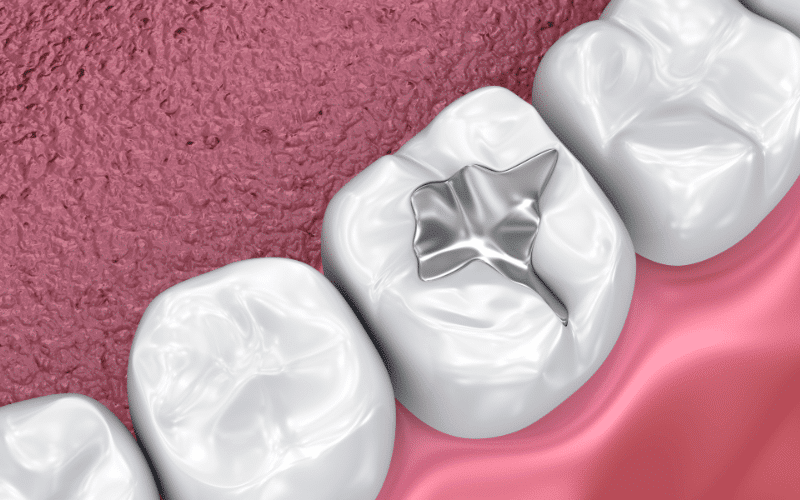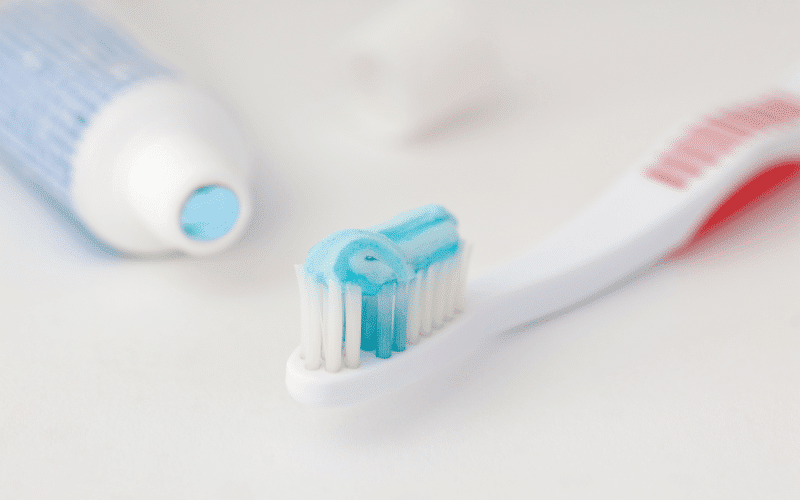Can Tooth-Colored Fillings Stain Kids’ Teeth?

In the realm of pediatric dentistry, parents often seek clarity regarding tooth-colored fillings. Are these aesthetically pleasing alternatives prone to staining children’s teeth? Let’s delve into this query and uncover insights to assist concerned parents.
Understanding Tooth-Colored Fillings
Tooth-colored fillings, also known as composite resin fillings, provide a discreet solution for dental cavities. Composed of a mixture of plastic and glass, these fillings mimic the natural color of teeth, blending seamlessly with the smile.
The Potential for Staining
Although tooth-colored fillings boast remarkable camouflage abilities, they aren’t impervious to staining. Over time, exposure to certain substances like coffee, tea, and tobacco can cause discoloration.
Factors Influencing Staining
1. Dietary Habits: Children’s diets often include various foods and beverages rich in pigments, such as berries, tomato sauce, and fruit juices. Regular consumption of these items exposes tooth-colored fillings to staining agents, gradually diminishing their original appearance.
2. Oral Hygiene: Inadequate oral hygiene practices, including infrequent brushing and improper flossing, can lead to plaque buildup around fillings. Over time, this plaque accumulation can attract stains, resulting in discoloration and compromising the aesthetics of the dental restoration.
3. Tobacco Use: Exposure to tobacco products, either through smoking or chewing, poses a significant risk to dental health. The tar and nicotine present in tobacco can adhere to tooth surfaces, including fillings, causing them to become discolored and detracting from the overall appearance of the smile.
4. Age of the Filling: As tooth-colored fillings age, they may become more porous and susceptible to staining. This natural wear and tear process, compounded by environmental factors and dietary habits, can contribute to the gradual discoloration of fillings over time.
Prevention Strategies
1. Maintain Excellent Oral Hygiene: Encourage children to adhere to a consistent oral hygiene routine, including brushing at least twice a day and flossing daily. By removing plaque and food debris from the teeth and fillings, parents can minimize the risk of staining and maintain optimal oral health.
2. Limit Stain-Causing Substances: Educate children about the potential staining effects of certain foods and beverages, such as coffee, tea, sodas, and brightly colored candies. Encourage moderation and encourage the consumption of stain-resistant alternatives like water, milk, and fresh fruits and vegetables.
3. Quit Tobacco Use: If applicable, support family members in their efforts to quit smoking or using other tobacco products. Not only does tobacco cessation benefit overall health, but it also helps preserve the appearance of tooth-colored fillings and promote a brighter, stain-free smile.
4. Routine Dental Visits: Schedule regular dental check-ups for children to monitor the condition of their fillings and assess any signs of staining or deterioration. Professional cleanings performed by a dental hygienist can remove surface stains and plaque buildup, preserving the integrity of the fillings and enhancing their longevity.
Maintenance Tips
1. Brushing Techniques: Teach children proper brushing techniques, emphasizing gentle circular motions and thorough coverage of all tooth surfaces, including fillings. Avoid using abrasive toothpaste or brushing too vigorously, as this can damage the surface of the fillings and increase the risk of staining.
2. Floss Regularly: Incorporate daily flossing into your child’s oral care routine to remove plaque and food particles from between the teeth and around the edges of fillings. Flossing helps prevent the buildup of stain-causing substances and promotes a clean, healthy smile.
3. Avoid Abrasive Products: Select toothpaste and mouthwash products that are gentle on tooth-colored fillings and avoid abrasive ingredients that can scratch or wear down the surface. Consult with a dentist or dental hygienist for recommendations tailored to your child’s specific needs and preferences.
4. Professional Cleanings: Schedule bi-annual professional cleanings for your child to remove stubborn stains and plaque buildup that may accumulate over time. During these visits, the dental hygienist can also assess the condition of the fillings and guide proper oral care techniques to maintain their appearance and functionality.
Consultation with a Pediatric Dentist
When in doubt, consulting a pediatric dentist is paramount. These professionals possess the expertise to address concerns regarding tooth-colored fillings and provide tailored guidance for optimal oral health.
While tooth-colored fillings offer an aesthetically pleasing solution for dental cavities in children, they aren’t immune to staining. By embracing preventive strategies and diligent maintenance habits, parents can safeguard their children’s smiles and preserve the longevity of tooth-colored fillings in Allen, TX. Remember, regular dental visits and open communication with a pediatric dentist are integral components of a healthy oral care regimen.


